The 10 Biggest Apple Product News Stories Of 2020
From the iPhone 12, to the first M1-powered Macs, to new iPads and MacBooks, here are the Apple product news stories CRN was following this year.
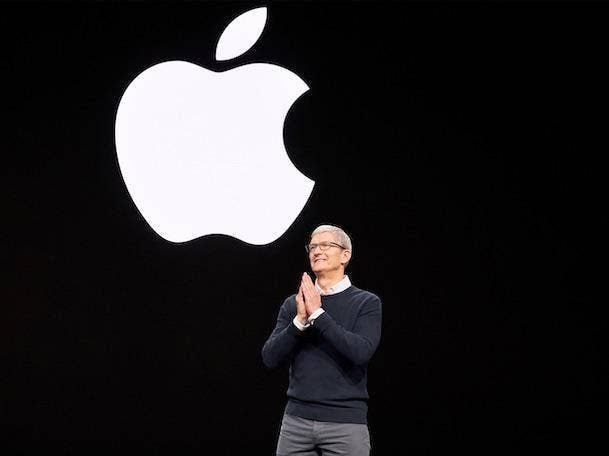
Epic Year For Apple Products
In the gadget world, 2020 was one of the most Apple-dominated years yet. Despite the COVID-19 pandemic--or maybe in response to it--Apple pushed out an almost nonstop stream of new products during the year. In late October, Apple CEO Tim Cook (pictured) told analysts that “we’re in the midst of our most prolific product introduction period ever.” And that was even before Apple unveiled one of its most ambitious bets in the Cook era, with the release of details on its in-house M1 processor and the first M1-powered Macs. Among the other major Apple product news stories of 2020 was the launch of the 5G-enabled iPhone 12 series, the debut of new MacBook Pro and iPad models, and even some new additions to the AirPods and Apple Watch portfolios.
What follows is our roundup of the 10 biggest Apple product news stories of 2020.
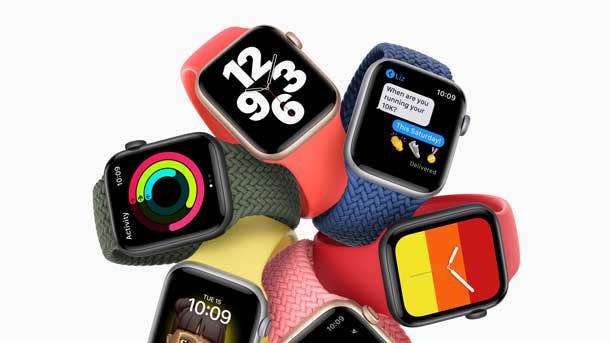
10. Apple Watch SE
In 2020, for the first time, Apple introduced a more affordably priced SE model for its Apple Watch lineup (borrowing the iPhone SE concept). The Apple Watch SE offers 2X faster performance and a 30 percent larger display than the Apple Watch 3, according to Apple. The wearable also includes many of the same health and fitness features of the more-expensive Apple Watch models, including fall detection and sleep tracking.
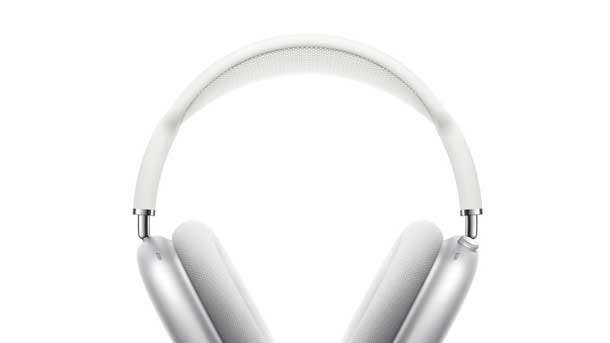
9. AirPods Max
This year also saw a brand-new addition to the AirPods lineup--though these are over-ear headphones rather than earbuds. The Apple AirPods Max stand out from other noise-canceling headphones by tapping some of the key features of the AirPods Pro, such as Adaptive EQ, transparency mode and spatial audio--in addition to top-notch Active Noise Cancellation, of course. Apple also includes a feature from the Apple Watch, the Digital Crown, in the AirPods Max. The feature provides precise volume control, play/pause/skip, the ability to answer or end phone calls and Siri activation. Meanwhile, in terms of the construction of the headphones, the AirPods Max have a stainless steel headband frame and ear cushions made from “acoustically engineered” memory foam that creates “an effective seal — a critical factor in delivering immersive sound,” Apple said. And in terms of audio quality, the AirPods Max include a 40 mm driver that was designed by Apple to deliver top-notch bass, mid-range and high frequencies “so every note can be heard,” Apple said.
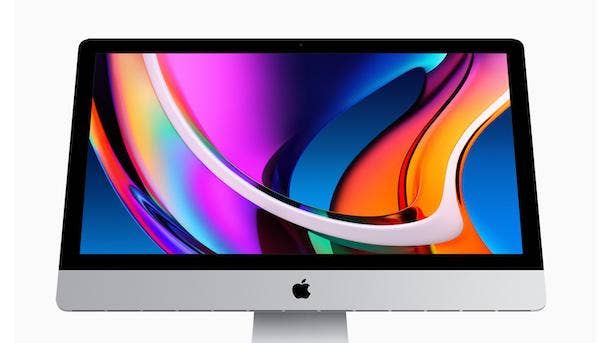
8. iMac, 27-inch
Apple unveiled a number of updates for the refreshed version of its 27-inch iMac all-in-one, such as the addition of the latest 10th-gen Intel Core processors—including a 10-core processor option for the first time, offering up to 65-percent speedier CPU performance. The 27-inch iMac also can be configured with up to 128 GB of RAM (double the previous max) and comes with AMD Radeon Pro 5000 series graphics for up to 55 percent faster GPU performance. On storage, the refreshed iMac comes standard with SSDs, and for the first time offers up to 8 TB of SSD. Other upgrades for the new 27-inch iMac, which features a 5K Retina display, include 1080p resolution and other enhancements for the camera; variable EQ for “better balance, higher fidelity, and deeper bass” on the speakers; and a new “studio-quality” mic array, Apple said.
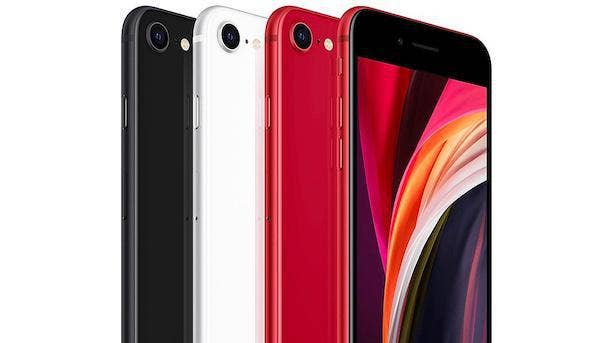
7. iPhone SE
Apple got back into the budget smartphone game this year with the launch of a new iPhone SE. The device is a successor to the original iPhone SE model, which launched in 2016--and has a similar display to the iPhone 8, with its 4.7-inch LCD screen. Along with bringing back a smaller display size and sizable top and bottom bezels, the second-gen iPhone SE revives Apple’s Touch ID fingerprint recognition and home button. One of the most notable updates to the new iPhone SE is the inclusion of Apple’s A13 Bionic processor--since that is the same chip used in all of Apple’s latest iPhones, including the higher-end iPhone 11 Pro and 11 Pro Max. Meanwhile, Apple is calling the iPhone SE’s rear camera the “best single-camera system ever in an iPhone” with 12 megapixels and an f/1.8 aperture on the wide-angle camera.
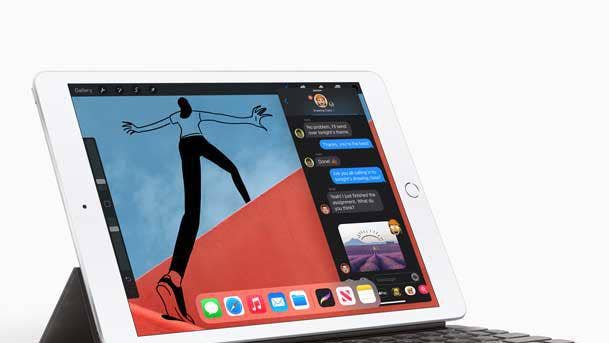
6. iPad, 8th Gen
The standard entry-level iPad continues to receive useful updates year after year from Apple. And this year was no different: For its eighth-generation model, the entry-level iPad adds the A12 Bionic chip--best known as the processor in 2018 iPhones such as the iPhone XR. The A12 improves CPU performance by 40 percent and graphics speeds by 2X compared to the seventh-gen iPad. The new iPad retains the 10.2-inch display size and the ability to connect to a keyboard, as well as the option to use the first-gen Apple Pencil with the tablet (both sold separately). On battery life, the latest iPad offers up to 10 hours of usage over Wi-Fi or nine hours over cellular.
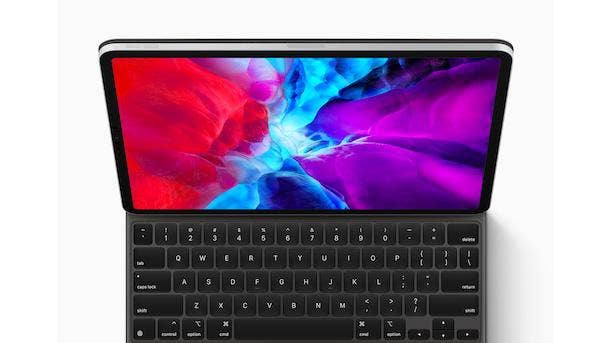
5. iPad Pro
With the 2020 update to the iPad Pro, Apple introduced a trackpad to the detachable keyboard for the first time--while also enhancing the keyboard’s design. The “Magic Keyboard” design uses a scissor mechanism and offers 1 mm of key travel for improved typing. On performance, the updated iPad Pro features the A12Z Bionic chip, offering an eight-core CPU and eight-core GPU that makes the tablet “more powerful than most Windows PC laptops,” Apple said. Other major updates to the iPad Pro include the addition of a second camera--a 10-megapixel ultra-wide camera for taking expansive shots--that joins the 12-megapixel wide camera on the tablet. Additionally, the new iPad Pro adds a LiDAR Scanner for improved augmented-reality experiences, allowing the tablet to rapidly measure the distance to objects that are up to 16 feet away.

4. MacBook Air
The MacBook Air actually received two major updates in 2020. The first update, in March, outfitted the MacBook Air with Apple’s Magic Keyboard in place of the much-troubled butterfly keyboard. The Magic Keyboard uses a scissor mechanism and offers 1 mm of key travel for improved typing comfort and a more-stable feel. Meanwhile, the MacBook Air maintained its tradition of portability with a starting weight of 2.8 pounds and a thickness of 0.63 of an inch. And, the MacBook Air that was refreshed in March moved up to quad-core processors for the first time with 10th-generation Intel Core processors.
But then, in November, the MacBook Air was updated again with the announcement of Apple’s M1 processor. The M1-powered MacBook Air offers a CPU performance improvement of up to 3.5X and graphics performance gains of up to 5X, compared to the Intel-based MacBook Air, Apple said. The MacBook Air with M1 also gets an additional six hours of battery life--or up to 18 hours of usage on a charge--and now does not require a fan, either.
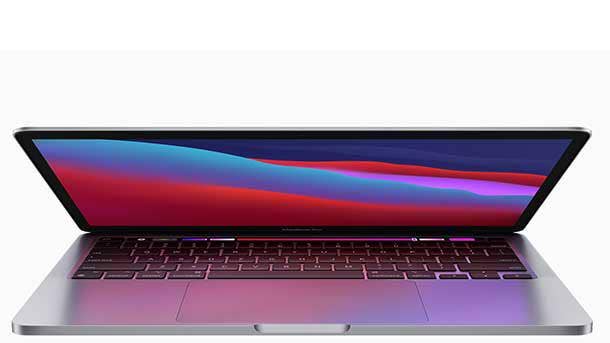
3. MacBook Pro, 13-inch
Apple also updated its entry-level 13-inch MacBook Pro in November with the M1 processor, providing major performance and battery life improvements, according to the company. The higher-end 13-inch MacBook Pro is not available with the M1 chip just yet. However, Apple did launch a big refresh for that model earlier in May. The update added the Magic Keyboard design to the 13-inch MacBook Pro for an improved typing experience (along with a much-requested physical escape key). The notebook offers both eighth-gen and 10th-gen Intel Core processors to choose from--up to the quad-core, 10th-gen Core i7--while Apple promises up to 80 percent faster graphics performance via integrated Intel Iris Plus Graphics.
Perhaps an even bigger upgrade with the higher-end 13-inch MacBook Pro is around the memory options. The notebook can come with up to 32 GB of RAM--marking the first time this much RAM has been offered on a 13-inch MacBook. And Apple also released configurations with 16 GB of faster memory--at 3733MHz, versus 2133MHz RAM at the lower configurations.
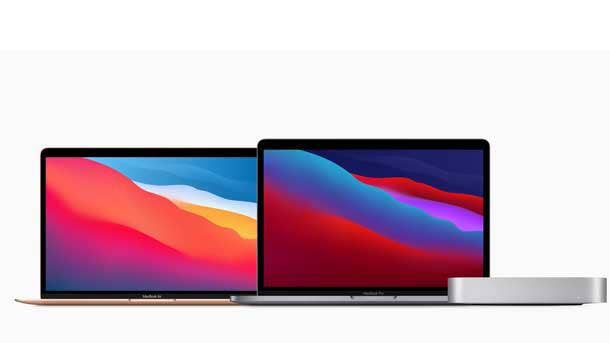
2. M1-Powered Macs
In November, Apple unveiled more details about its first in-house Arm-based processor, which is dubbed the M1. At the same time, Apple announced three initial Mac models launching with the M1. Those are the MacBook Air, the entry-level 13-inch MacBook Pro and the Mac Mini. The company disclosed performance gains of up to 3.5X for the MacBook Air, up to 3X for the Mac Mini and up to 2.8X for the entry-level MacBook Pro, compared with previous Intel-based models for the three Macs. On battery life, Apple said the M1-powered MacBook Pro can as much as double its battery life to 20 hours, from 10 hours previously, while the MacBook Air with M1 can gain six hours with up to 18 hours of usage. Notably, the M1-powered MacBook Air does not require a fan, Apple said.
The transition to Apple Silicon--and away from Intel chips in the Mac--is expected to take two years, according to the company.
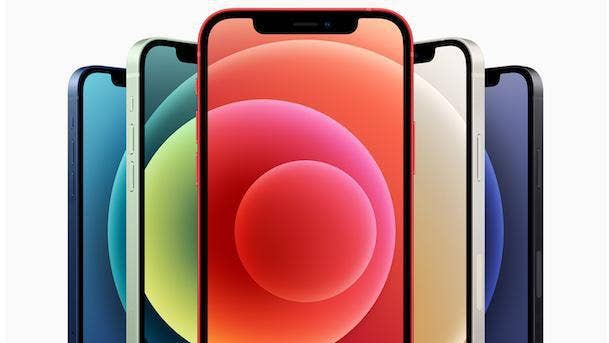
1. iPhone 12 Lineup
The much-anticipated arrival of the first 5G iPhones came in October--as Apple announced four models in the iPhone 12 series that all feature support for high-speed 5G connectivity. The new entrant to the iPhone lineup is the iPhone 12 Mini, with a display size of 5.4 inches. The iPhone 12--the standard model that Apple expects the most users to buy--stuck with the 6.1-inch display size of the iPhone 11, but the “pro” models both got larger displays than their predecessor models. The iPhone 12 Pro moved up to 6.1 inches from 5.8 inches, while the iPhone 12 Pro Max features a 6.7-inch display, up from 6.5 inches on the iPhone 11 Pro Max.
Apple also brought vibrant OLED displays to every new iPhone model for the first time in a fall launch (phasing out LCD)--while making the display 4X more durable using “Ceramic Shield” material, as well. Meanwhile, the iPhone 12 series got a form factor redesign with the debut of squared-off, flat-edge appearance, in contrast to the curved edges of prior generations of iPhones. And on performance, all four models are powered by the A14 Bionic processor, which Apple says can reach as much as 50-percent faster speeds than its closest competitors.